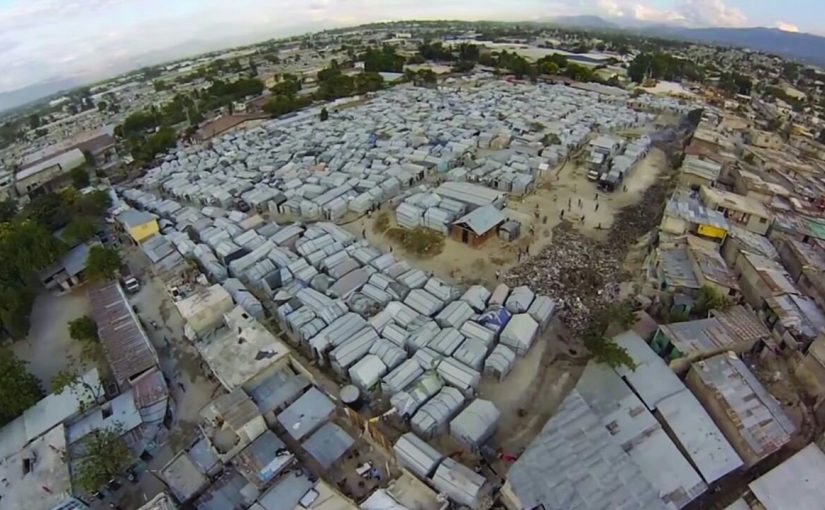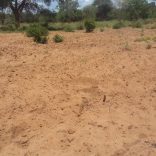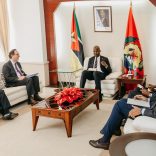Mozambique: Drivers of vehicles involved in the accidents that caused 35 deaths must be held ...
Mozambique’s INGC to step up use of drones for Natural Disaster Risk Management

WFP Mozambique (Courtesy photo)
Mozambique’s National Institute of Disaster Management is seeking partnerships in the use of drones in disaster risk management, aiming to decentralise devices to regional directorates so as to ensure territorial continuity in the response.
INGC Director-General João Machatine was speaking yesterday in Maputo at the opening of a three-day seminar to develop a common framework for the effective use of unmanned aerial vehicle technology (drones) for the emergency response in the country.
The Institute for Disaster Management has acquired two drones, which are to be used in collaboration with the World Food Program (WFP).
Machatine said that the greatest challenges to the expansion of drone were legal and regulatory, and that most countries where humanitarian actors provide assistance did not yet have a legal framework, including Mozambique. Their use would probably require ad hoc authorization by local authorities.
Machatine said the National Civil Aviation Institute was attempting to regulate drone use so that they would not constitute a danger or irritant as regards privacy and traditional air traffic.
#quote:”Quando ocorre um desastre, a capacidade de a comunidade humanitária responder de imediato é muitas vezes a diferença entre a vida e a morte. O uso de #drones ajudará a garantir informações + fiáveis e precisas para decidir em tempo real e salvar vidas”, @redaellimanente pic.twitter.com/hgyKDktNxY
— WFP Mozambique (@wfp_mozambique) November 14, 2017
“Our expectation at this event is the drawing up of an action plan that will guide the sectors and partners in the activities that must be carried out in order to use the drones in a coordinated way and with the proper authorization by the national authorities. We also hope that Mozambique will develop, in the coming months, mechanisms for coordinating the use of unmanned vehicles,” he said.
Tomorrow, the PMA, INGC and other partners will observe the use of drones over the River Umbeluzi, Boane district, Maputo province.
Thanks to @BelgiumMFA, this week we’re working with #Mozambique??, one of the world’s most disaster-prone countries, to find out how #drones can improve disaster response! ? https://t.co/AXXNzul7Ld pic.twitter.com/APsC0mxXtv
— WFP Europe (@WFP_Europe) November 15, 2017
The national director of the WFP in Mozambique said that, when a disaster occurred, the humanitarian community’s ability to respond immediately and effectively was often a matter of life and death.
“The use of UAV technology will help ensure more reliable and accurate information for real-time decision making and ultimately save lives,” he said.
Last March, the INGC acquired two drones capable of covering a radius of seven kilometres at a height of 600 metre and speed of 72 km/h, two Gopro cameras, three plasma screens, three wall screens, two servers, a wall-mounted projector, three projectors and three portable printers, a scanner, 16 computers and five external disks.
The devices capture information that will aid in real-time decision making during emergencies and after event anywhere in the country. The equipment, valued at US$70,000, was funded by the United Nations Development Programme.
@WFP e Governo de #Mozambique realizam workshop e exercício de simulação visando criar uma estrutura para o uso efetivo da tecnologia de veículos aéreos não tripulados (#drones) na resposta a emergências. Obrigado @WeRobotics & @BelgiumMFA pelo apoio! pic.twitter.com/4YPEbK95tp
— WFP Mozambique (@wfp_mozambique) November 14, 2017













Leave a Reply
Be the First to Comment!
You must be logged in to post a comment.
You must be logged in to post a comment.